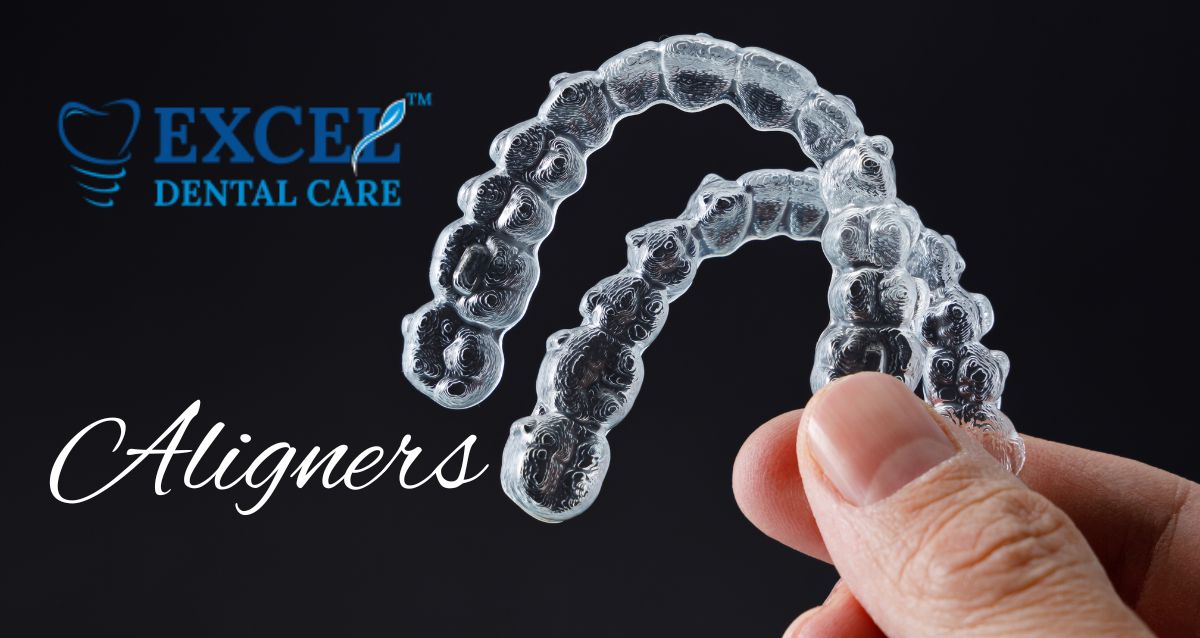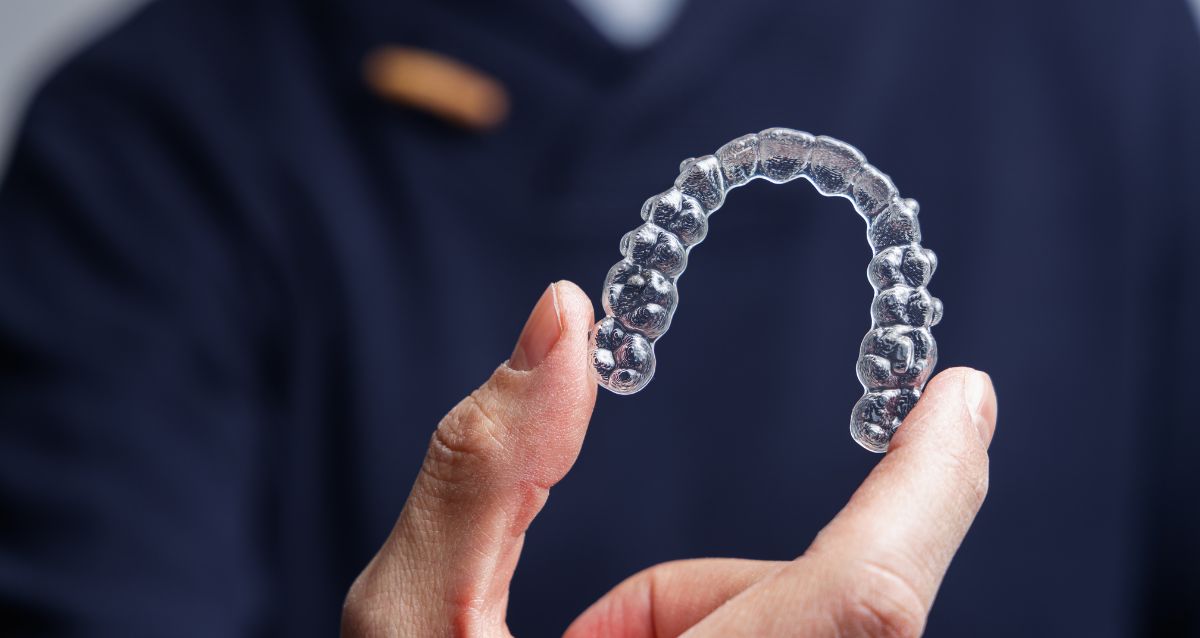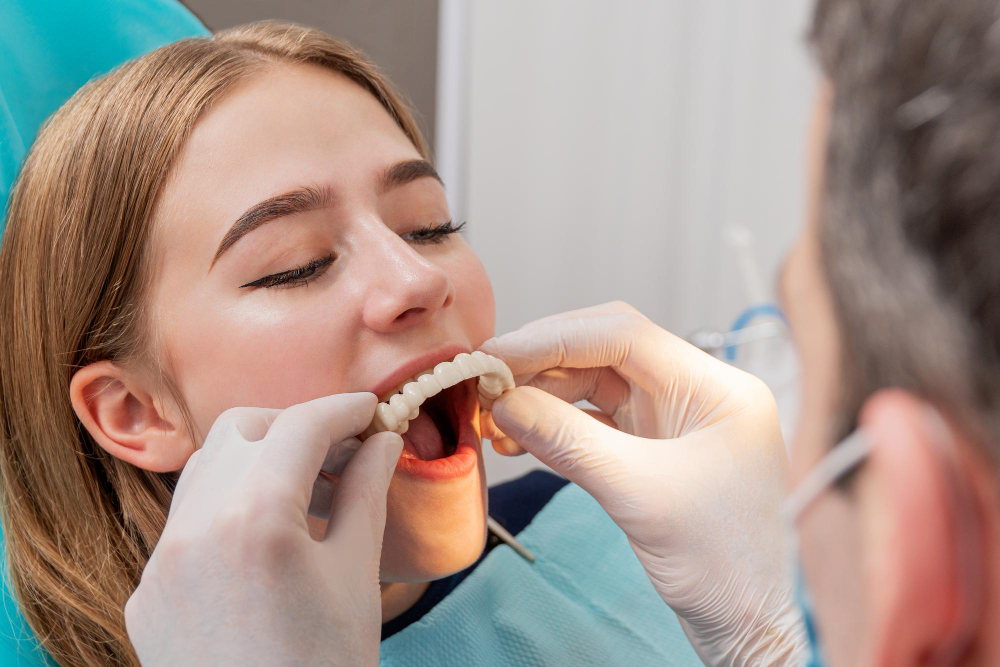Dentures are removable dental appliances that replace missing teeth and their surrounding tissues. They are custom-made to fit a person’s mouth and can be taken out and put back into the mouth. Dentures serve both functional and aesthetic purposes, helping individuals with missing teeth to chew food more effectively, speak clearly, and maintain facial structure.
There are two main types of dentures:
- Complete Dentures: These are used when all teeth are missing in either the upper or lower jaw. Complete dentures can be conventional or immediate. Conventional dentures are made after the teeth have been removed and the gum tissue has healed, which usually takes a few months. Immediate dentures are made in advance and can be positioned as soon as the teeth are removed, allowing the wearer to have teeth during the healing period. However, immediate dentures may require more adjustments as the tissues heal and reshape.
- Partial Dentures: These are used when some natural teeth remain in the jaw. Partial dentures consist of replacement teeth attached to a pink or gum-colored base, which is connected by a metal framework that holds the denture in place. They help fill the gaps left by missing teeth and prevent the remaining natural teeth from shifting.
It’s important for individuals with dentures to maintain good oral hygiene by cleaning the dentures regularly, as well as cleaning the gums, tongue, and the roof of the mouth. Regular dental check-ups are also essential to ensure the dentures fit properly and to address any potential issues.
- Implant-Supported Dentures:
- Overdentures: These are removable dentures that are secured in place with dental implants. The implants provide stability and support, enhancing the fit and function of the denture.
- Immediate Dentures:
- As mentioned earlier, both complete and partial dentures can have an immediate option, allowing for the placement of dentures immediately after the removal of natural teeth.
- Snap-In Dentures:
- These dentures utilize attachments (often ball or socket mechanisms) on both the denture and the implant to provide a more secure fit. They can be snapped in and out for cleaning.
- Flexible Dentures:
- Made from a flexible material, these dentures are considered more comfortable for some wearers. They adapt well to the shape of the mouth and are often metal-free.
The choice of denture depends on factors such as the number of missing teeth, the condition of the remaining teeth, budget, and individual preferences. It’s important for individuals to consult with their dentist to determine the most suitable type of denture for their specific needs.







